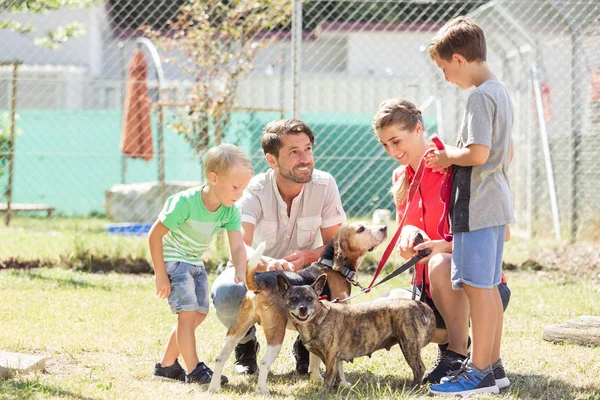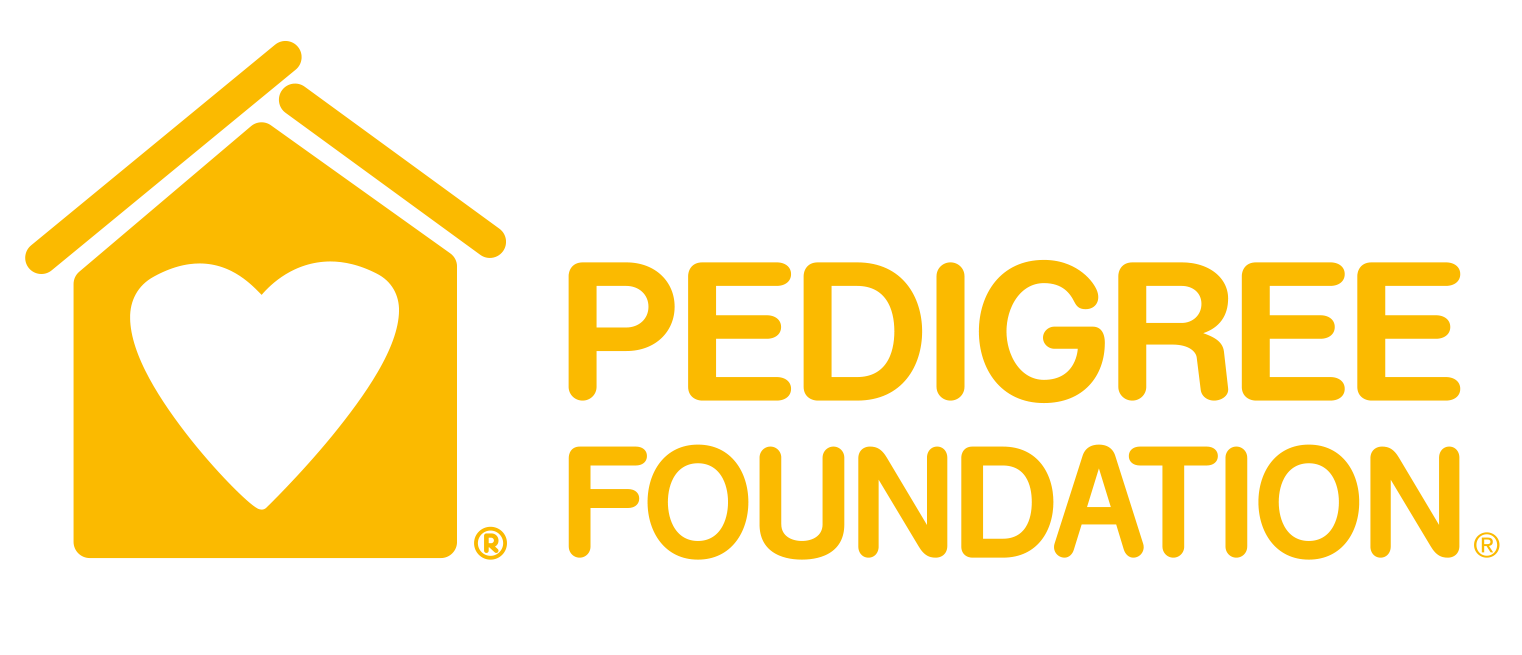Highlights
- Behavior is a leading cause of returns, second only to owner/household preferences.
- Nuisance behavior is the most common type of behavior-related returns.
- The median time out of shelter for animals returned due to nuisance behavior is only 3 days.
- Data on returns suggests an opportunity to provide more behavior and training education and support for adopters.
- Recommendations are provided on how to support behavior needs in pet adoption journeys.
What’s Happening
Why are adopted pets returned?
HASS pilot shelter data from 2023 shows that behavior is a primary reason for adoption returns in dogs, cats, and all species in aggregate, second only to owner/household preferences like “not a good fit” or “did not specify.” In this data set, nearly 3% of all intakes were returns, or 9,210 animals out of 313,518 intakes. While that is a small portion of intake, the HASS data team’s deep-dive into this data point identified a key area of opportunity for human-animal bonds and adoption processes. In examining all behavior return reasons in more detail, we found that nuisance behaviors (as reported by owners) were a leading cause of return across all species. In 2023, returns for nuisance behaviors at HASS pilot shelters ranged from 8%-44%. This suggests a wide range of variation in individual organizations and communities and that this data is worthy of investigation.
Nuisance behaviors can be defined as the pet exhibiting behavior that the owner or family finds to be “undesirable” or “an inconvenience” and are often self-reported by the surrendering family. This category includes normal or unremarkable behaviors relative to the species, such as barking in dogs or scratching furniture in cats. It is important to note that this classification specifically does not include behaviors linked to safety concerns toward animals and/or people, or behaviors that can be related to the pet needing urgent treatment, such as genuine separation anxiety or urinary tract infections that co-occur with litter box avoidance. The notion that nuisance behavior leads behavior returns counters a perception that safety-related behavior issues are driving behavior returns. To reiterate, safety-related behaviors are NOT a driving factor in behavior returns. Additionally, incompatible or strained behavior from resident pets in the home toward the newly adopted pet have been categorized under the separate category of owner/household preferences in our data set.
Which pets are affected?
In 2023 at HASS pilot shelters, nuisance behavior returns accounted for:
- 16% of all returns for all species
- 19% of all returns for dogs, second only to owner/household preferences (20%)
- 8% of all returns for cats, with the leading reason being owner/household preferences (28%)
- 5% of all returns for species other than dogs and cats
When are pets returned for nuisance behaviors?
In 2023 at HASS pilot shelters:
- 37% of returns for nuisance behaviors occurred within the first 7 days post-adoption
- 29% of returns for nuisance behaviors were within 8-30 days.
- The median time out of shelter for animals returned due to nuisance behaviors was only 3 days. This suggests an opportunity to implement a strategic follow-up schedule.
Why It Matters
Investigating intake reasons data sheds light on opportunities for organizations to divert intake, develop programs to support people and pets, and expedite successful placements. The current capacity crisis across U.S. animal shelters (Shelter Animals Count, 2023) indicates an urgent need to find ways to offer alternatives to intake into shelters and preserve human-animal bonds. In addition to the findings presented here from HASS data, behavior has also been found as a leading cause of return in numerous studies (Mundschau & Suchak, 2023; Powell et al., 2021; Powell et al., 2022).
Given that nuisance behaviors are a leading cause of returns, there is an opportunity to provide greater support, training, and education during the adoption counseling and post-adoption follow up process. Addressing behaviors that owners identify as a nuisance is often much more successful and accessible than the level of intervention needed to support more complex behavior needs. This presents an opportunity to mitigate returns through accessible education and support. If adopters can be equipped with the knowledge needed to understand their newly adopted pet’s needs, encouraged to set realistic expectations, and are offered compassionate support when things don’t go as planned, we can hope to see a meaningful reduction in the second largest return category for adopted pets.
How to Apply the Evidence
We recognize that limited resources may hinder the ability for organizations to quickly implement all suggestions detailed below. Organizations are encouraged to implement interventions in phases and celebrate gradual steps toward achieving ideal standards of practice. There are many cost-effective and free solutions that can be used for initial implementation. The evidence presented here may also be used to advocate for funding and other resources needed to implement more comprehensive programming in the future. The evidence and recommendations listed below are not all-inclusive of all ways shelter pet behavior can be supported. Organizations are encouraged to pursue additional evidence and implementation to support robust behavior programming to enhance welfare and preserve human-animal bonds.
Lead with Data
The first step to increasing adoption success relies on understanding your adopters’ experience—by collecting effective data. When collecting data on returns, think about what you need to know in order to develop an actionable solution.
Data entry should aim to be objective and rely on standardized definitions to enhance understanding across the organization. It is recommended that data tracking be an integral part of team member training and shelter operations. Intake reasons data entry (which includes returned pets) in particular has been shown to be complex and highly inconsistent across shelter team members (Ly & Protopopova, 2023). If captured effectively, intake reasons and behavior data can help identify potential areas to reduce unnecessary intake and build programs representative of a community’s needs.
Strategic Adoption Counseling
One of the greatest opportunities to reduce behavior-related returns to a shelter centers around the adoption counseling process. Implementing comprehensive matchmaking strategies and offering education for potential adopters can increase understanding of pet needs and promote realistic expectations (ASPCA, 2021; O’Connor et al., 2016). Research has also demonstrated that information provided about a pet from shelter team members is meaningful for adoption decision-making (Weiss et al., 2012). The relationship built during the adoption counseling process is a foundation that can be used to facilitate open communication between the organization and adopters post-placement.
Adoption counseling conversations should emphasize low-stress handling, pet introduction methods, and positive reinforcement training for common behavior and training needs. In order to communicate effectively on these topics, shelter team members should be provided with education in pet behavior. Pet behavior education has been shown to improve shelter staff knowledge and safety (Lilly et al., 2021) and is a critical component of sheltering best practices (McMillan & Spaulding, 2022; Association of Shelter Veterinarians, 2022).
Keeping an up-to-date record of the individual pet’s history as they move through a shelter is also important; this can later be reviewed in detail to ensure a good fit. Due to the large amount of information provided during comprehensive adoption counseling, it is recommended that supplementary educational materials be provided for the adopter to take home or receive via email. Organizations may wish to use general information sheets, waivers unique to a pet’s needs, and educational videos in addition to verbal explanation. Content should be tailored to the needs of the pet the customer seeks to adopt. Pet care content libraries from Fear Free Happy Homes, the ASPCA, and GoodPup provide valuable material that can easily be distributed to adopters, like this example. Organizations can also create adoption counseling content checklists to guide procedures and use features in shelter software to generate waivers and educational materials specific to a pet.
Timely Post-adoption Support
With so many nuisance behavior returns occurring within 1-3 days of adoption, timely post-adoption support is critical. The data suggests that an ideal follow up schedule for post-adoption check-ins may be at the following intervals: 1-2 days, 7 days, 14 days, and 30 days. As discussed above, adopters should be provided with educational materials relevant to their adopted pet to have immediately at the time of adoption. A dedicated email and phone number for a “behavior helpline” is recommended to effectively triage support requests and reduce delays in response times. This information should also be provided at the time of adoption.
Post-adoption support should be provided through a case management approach, which considers the unique needs and goals of each adopter and their new pet. Should a behavior support need be identified through these processes, it is recommended that case management data be tracked and that a new follow-up schedule (beyond the original post-adoption follow up) be established to monitor progress. Tracking case management data and the outcome of each support request offers valuable insight into request trends and the effectiveness of this intervention on reducing behavior-related returns.
Harness the Power of Fostering and Offsite Outings
Shelters with robust foster and outing programs have an advantage in supporting adoption retention. Fostering and offsite outings offer opportunities to learn more about shelter pets and their needs. Observations from foster provide valuable information for use in matchmaking and adoption counseling, particularly when an in-home behavioral history is not available. Foster care also offers valuable stress reduction and behavioral benefits (Gunter et al., 2019; Maddie’s Fund, 2019).
Foster caregivers should be empowered to find adoption placement for their foster pets, as adoption from foster care has been associated with reduced return rates (Mohan-Gibbons et al., 2014). Foster-to-adopt programs, also known as trial adoptions or pre-adoptions, should be available to interested adopters. These programs can offer potential adopters an opportunity to receive a higher level of shelter support during the adoption process, remove barriers to adoption, provide stress relief for the pet, and facilitate more gradual introductions to other pets and people in the home, as is best practice.
Build Community Partnerships
Community partnerships offer an opportunity to expand the network of available support for owned pets. Should forms of direct behavior support be beyond the scope of an organization’s resources, it is recommended that partnerships be developed with qualified* trainers and behavior consultants in the community. When utilizing this approach, it is beneficial to have an open line of communication between the organization and the service provider to share relevant pet history that can support the pet’s success in their new home.
Organizations interested in expanding their community partnerships for behavior support are encouraged to find local service providers on certified pet professional registries, such as the Certification Council for Professional Dog Trainers® or Karen Pryor Academy Certified Training Partner program, and to visit Pets.FindHelp, a curated database of resources provided by HASS and its partners to keep people and pets together.
*Qualified behavior and training service providers do not utilize punishment, force, or intimidation tactics, which are often inaccurately advertised as dominance, balanced, or leadership approaches with false guarantees. Qualified providers may refer to their methods as positive reinforcement, reward-based, humane, science-based, evidence-based, force-free, fear-free, trauma-informed, or similar. Qualified providers often maintain certification with a reputable professional organization in companion animal training and/or behavior (these differ). For more information, visit the following resources:
- Position Statement on Humane Dog Training | American Veterinary Society of Animal Behavior
- Ask the expert: Treating trauma | HumanePro | The Humane Society of the United States
- How to Choose a Dog Trainer | Companion Animal Psychology
- Behavioral Help for Your Pet | ASPCA
- Fear Free Shelters | Fear Free, LLC
Ready to begin? Resources from the HASS Resource Center are available below:
- Pet Support Services – Providing Behavior and Training Support | HASS
- Community-Based Behavior Support | HASS
- Integrating Behavior into the Everyday: Gaining Buy-in & Training Your Staff | HASS
About the Authors
Heather Kalman, CPDT-KA, ABCDT, IAABC-SBA
Research and Development Data Coordinator
Heather Kalman is the Research and Development Data Coordinator for Human Animal Support Services and previously served as a HASS Embedded Data Coordinator. Heather has worked in animal welfare for over 10 years as a canine behavior consultant, shelter behavior and training manager, and shelter operations manager. As a certified professional dog trainer (CPDT-KA; ABCDT) and shelter behavior affiliate (IAABC-SBA), Heather has a passion for evidence-based pet behavior programming and research on the human-animal bond. She has spoken and written on topics such as behavior, enrichment, and foster programs in shelters. Heather holds a B.A. in Psychology from the University of South Florida and is a Master’s student at Virginia Tech, studying Applied Animal Behavior and Welfare.
Angela Gates
Data and Digital Tools Coordinator
Angela Gates is the Data and Digital Tools Coordinator for Human Animal Support Services and previously served as an Embedded Data Coordinator for the HASS project. Angela got her start in animal welfare working with the Oklahoma Humane Society as a Neonatal Animal Care Associate before becoming their Neonate Program Manager in 2020. During her time with OK Humane, Angela worked closely with the medical and intake teams at OK Humane to help establish and annually re-evaluate operational procedures and data protocols to ensure program success. In her current role she is able to pair this knowledge of animal level data with coding and dashboard-building to assist her team and HASS pilot shelters.








